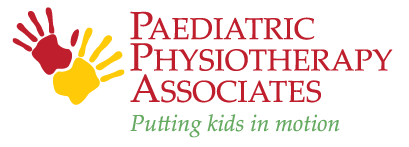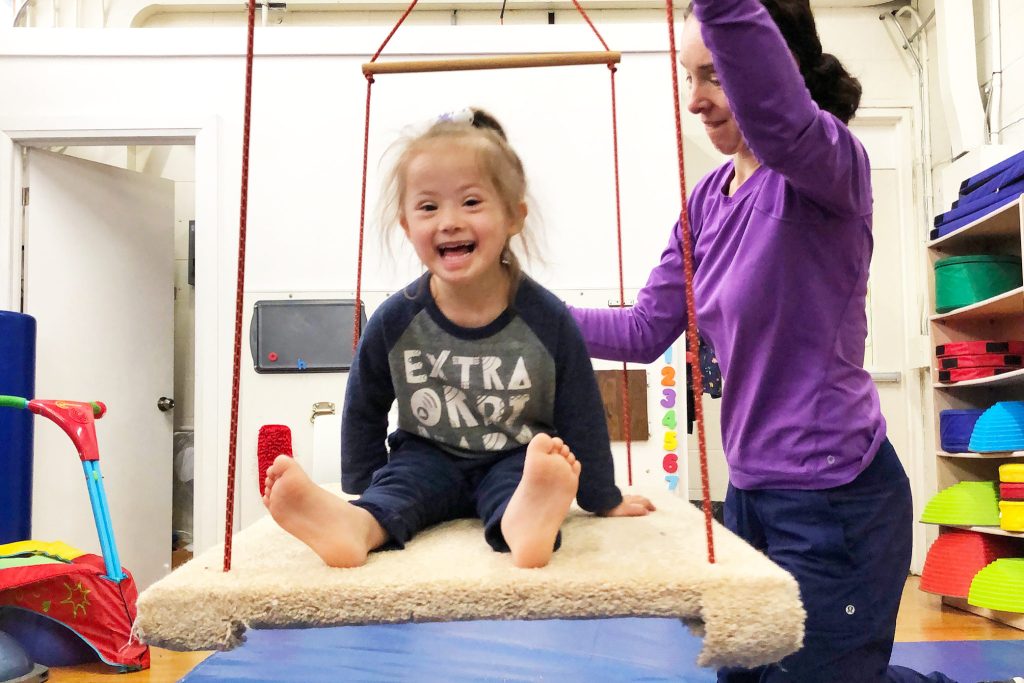
Treatment Approaches
Together our team has a wide range of skills and expertise in a variety of treatment techniques. Each child is unique and presents with his or her own challenges and temperament. Part of the assessment process is determining what type of treatment is best suited to your child’s needs. As paediatric therapists we believe that it is important to have a “tool box” of varied techniques and approaches to meet those needs. We are each committed to expanding our treatment “tool box” through ongoing education and professional development.
Outlined below are some examples of treatment techniques in helping a child achieve their therapy goals. If you are looking for a specific type of treatment please inform our intake coordinator.
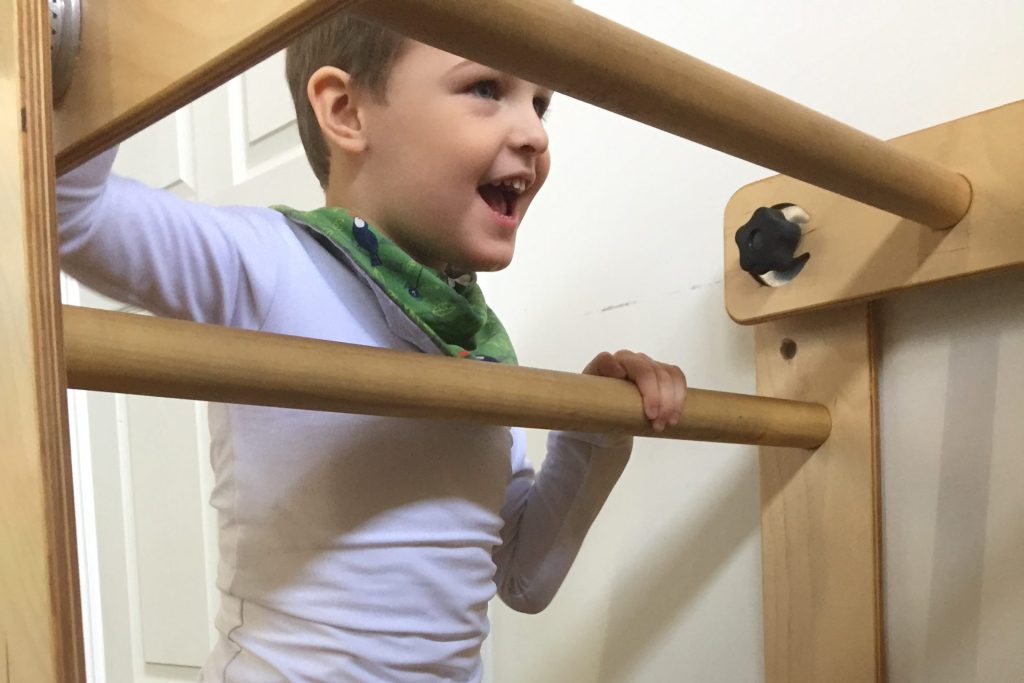
Neurodevelopmental Therapy (NDT)
Neurodevelopmental Therapy (NDT) is a problem solving assessment and treatment approach for children with neurological impairments or a delay in their motor skills. Low or high muscle tone as well as poor strength may cause dysfunction in postural control and movement. This leads to limitations in function and/or delay in motor skills. Our therapists are trained in NDT therapeutic handling assessment observation and movement analysis. With this information a treatment program can be developed. Children with cerebral palsy brain injury or developmental delay may benefit from this form of treatment.
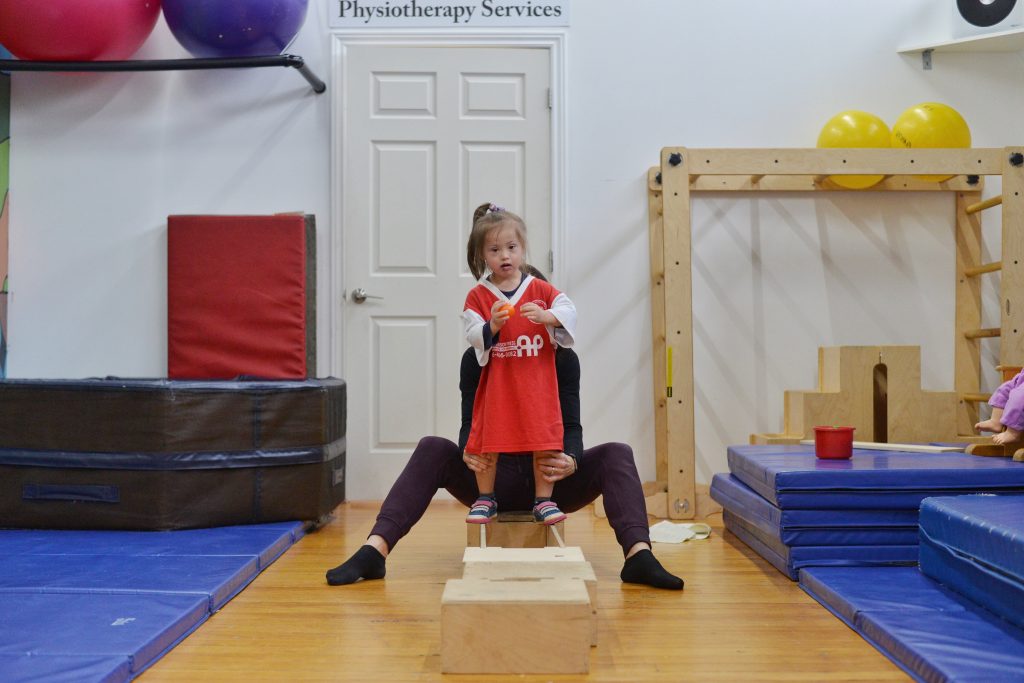
Cuevas-Medek-Exercises
Cuevas-Medek-Exercises also know as CME or Medek treatment consists of a series of very specific exercises designed to strongly provoke the child’s automatic righting responses part of the postural motor control mechanism. In this way the child learns to work against the influence of gravity thought to be the driving force behind successful movement. As movement responses to the exercises improve the child develops better skills such as head and trunk control standing and walking. Children with gross motor delay may benefit from this type of therapy.
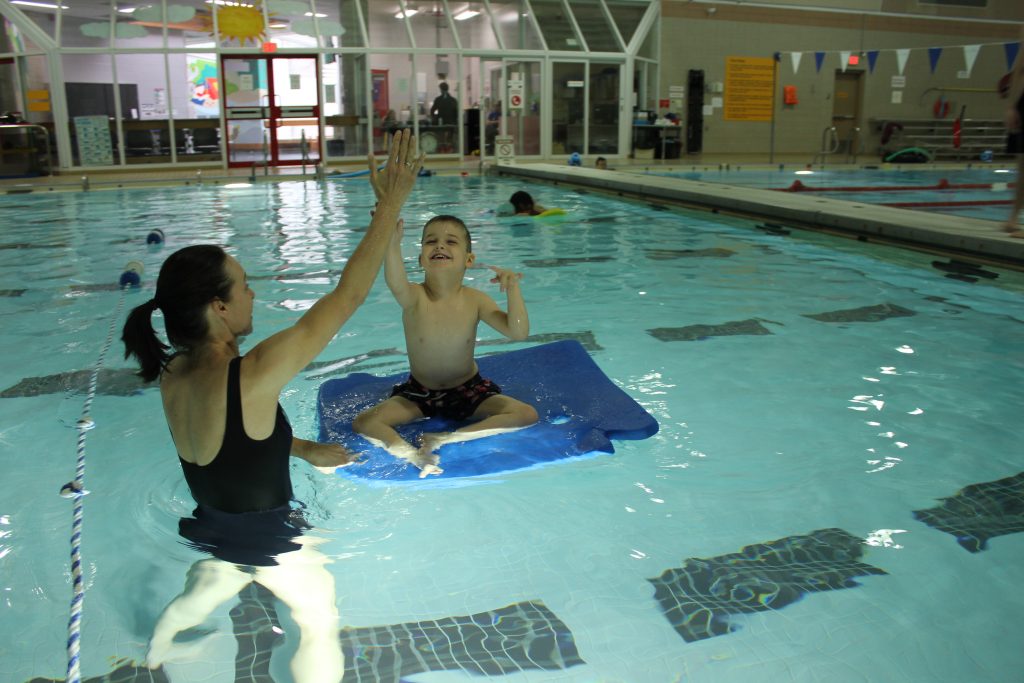
Hydrotherapy
Water has many unique properties which can assist in therapeutic goals. Buoyancy reduces the amount of joint compression and muscle activity needed to work and may make it easier to participate in activities that are difficult to do on land. Viscosity and surface tension create added resistance which can help with muscle strengthening. Warm water temperature helps relax a child with increased muscle tone and Variety Village’s aquatic centre includes a large therapeutic hot pool. Water is also a unique sensory environment in which to process touch and movement. Children with neurological orthopaedic or sensory issues may benefit from aquatic therapy sessions.
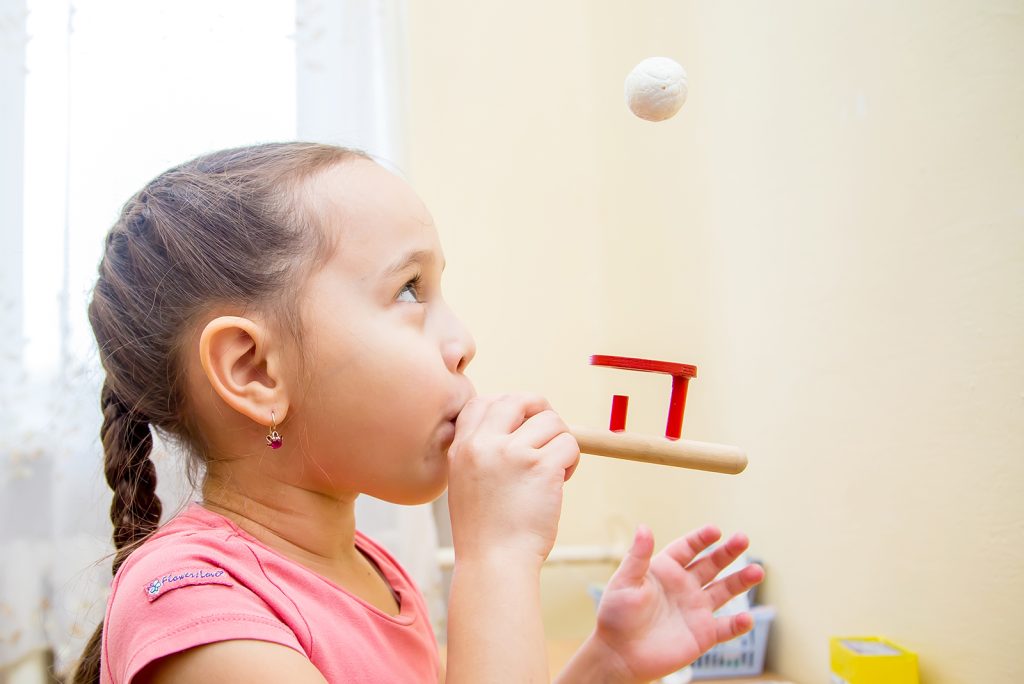
Dynamic Core and Pelvic Health
Our core muscles are the foundation for body movement and typically are an integral part of any treatment plan. Core strengthening is addressed by ensuring optimal postural alignment in all positions and creating strength and awareness of the muscle activation needed to achieve and maintain that alignment. Dynamic core treatment may include handling techniques, seating supports and breathing exercises to activate the diaphragm and other muscles maintaining alignment.
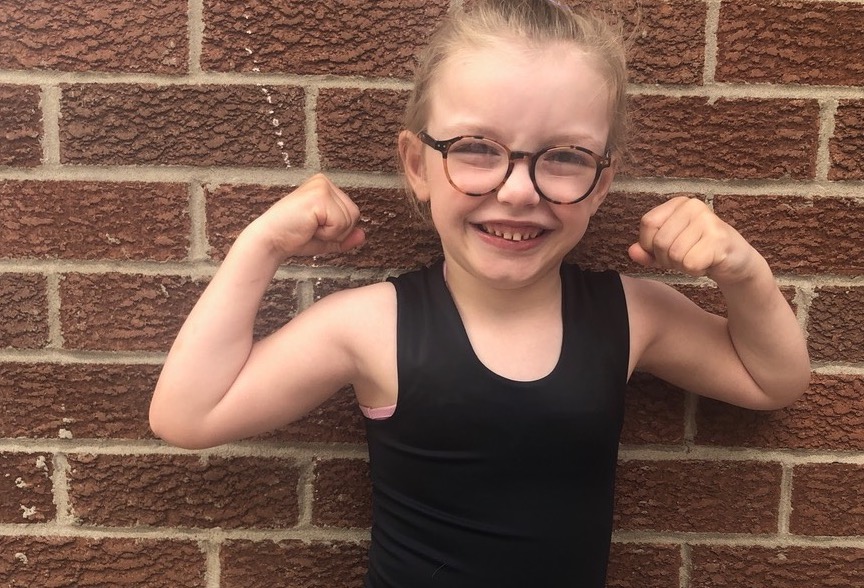
Compression and Alignment
Theratogs and Stabilizing Pressure INput Orthoses (SPIO®) garments may be used as an adjunct to treatment to help provide external support and assist with trunk alignment and stability. They can be used in combination with strapping and wraps. They can also provide deep pressure sensory information for improved body awareness. Therapists can assist with sizing and application of compression garments and we have a variety of sizes available for trial. We also provide letters of support for insurance funding for these products.
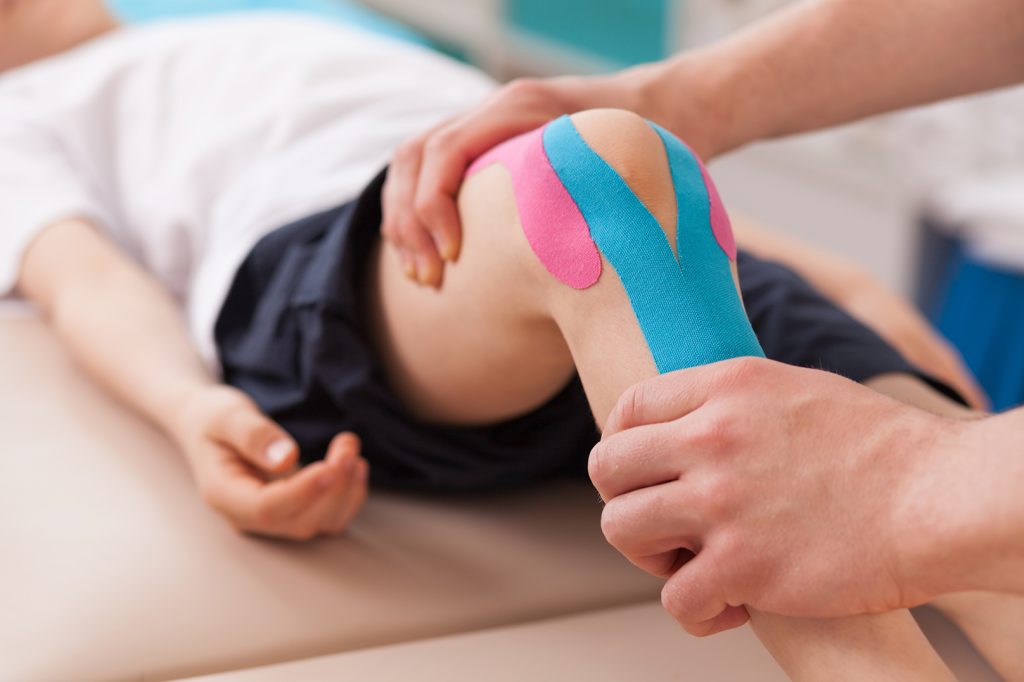
Therapeutic Taping (Kinesiotaping)
Kinesio Tape® is specialized tape designed with an elastic component. It is designed to mimic qualities of the human skin and provides a stimulus via a recoil effect. This gives it the unique ability to promote tissue healing and function by reducing pain and swelling. It also can be applied to help activate weaker muscles and relax tight muscles. Therapists are specially trained in its unique application. Kinesio Tape® has been used effectively in children with a wide range of musculoskeletal or neurological conditions.
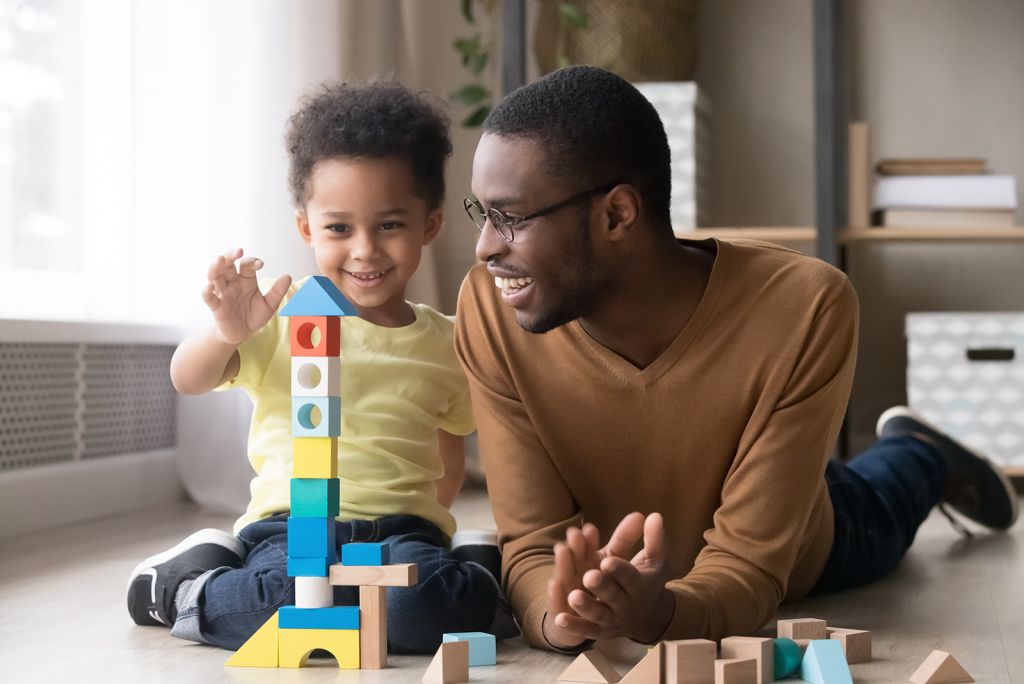
DIR® Floortime
Floortime is an intervention that is used to promote motor, language and social development through a playful and engaging process. It promotes engagement in a back and forth interactions with others which can support the development in all areas. Floortime is based on the DIR® model that was developed by Dr. Stanley Greenspan and his colleagues and is a Developmental,Individual-Differences and Relation-based model. It is widely known as an approach to support children with Autism Spectrum Disorders
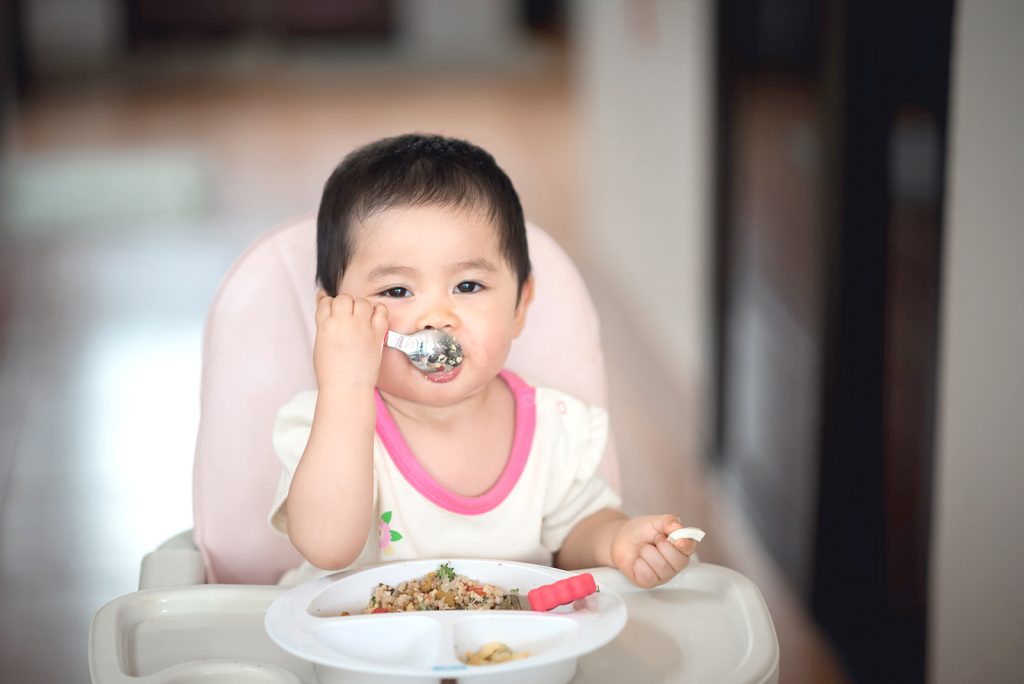
Beckman Oral Motor and The SOS Approach
Beckman Oral Motor Assessment and Intervention is an assessment and intervention tool to address concerns with regards to oral motor skills. Range of movement, variety of movement, strength of movement and control of movement for the lips, cheeks, jaw, and tongue are areas that are explored. The SOS Approach to feeding focuses on improving a child’s comfort level with the sensory qualities of food in a playful manner to promote the acceptance of new foods to consume.

Handwriting without Tears®
Occupational therapists offer the assessment and development of, or coaching in, handwriting skills, including printing and cursive writing, using the Handwriting Without Tears® program. This is a structured, engaging and progressive multi-sensory approach to handwriting, using manipulatives, workbooks and the principles of kinaesthetic learning. With proven positive outcomes HWT is an approach that addresses handwriting skills expected in the school-age years pre-Kindergarten through to Grade 5
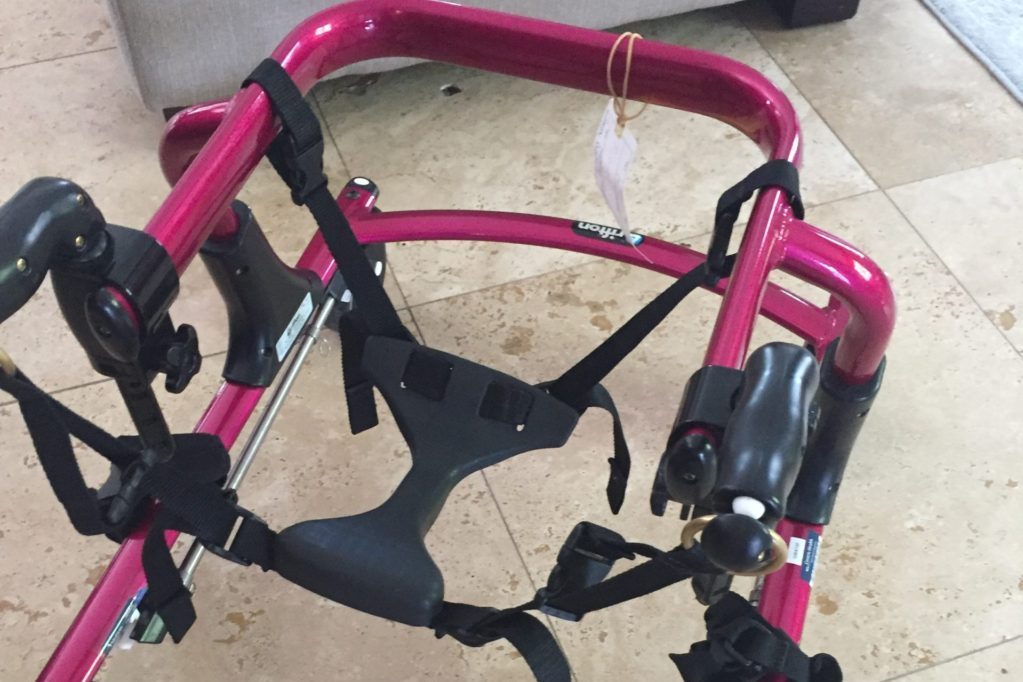
Assessment for ADP Funded Equipment
The Ontario Ministry of Health and Long Term Care, Assistive Devices Program (ADP) provides funding for mobility and positional equipment such as walkers, wheelchairs and standers, as well as adapted seating for wheelchairs. Several of our therapists are approved ADP authorizers who can review children’s existing mobility, seating and positioning equipment and assess and prescribe new equipment through ADP. Therapists work closely with parents’ vendor of choice throughout the process of assessment, prescription and dispensing of the equipment.
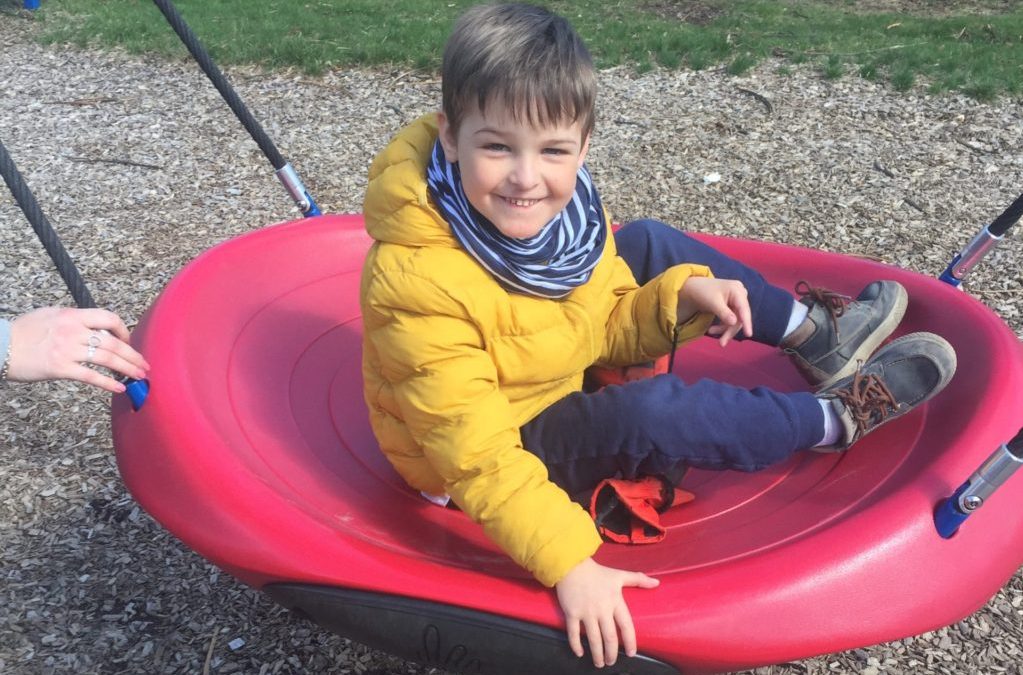
Sensory Integration
Sensory integration therapy is a frame of reference used during therapeutic activities to promote the child’s ability to respond effectively to different sensory input (i.e. vestibular, proprioceptive, tactile and auditory) which results in successful motor tasks. The child is an active participant in the activities and improved sensory integration enhances overall regulation and motor planning skills. Treatment can include a wide variety of techniques, such as the use of swings and suspended equipment, Therapeutic Listening® and teh Wilbargar brushing protocol.
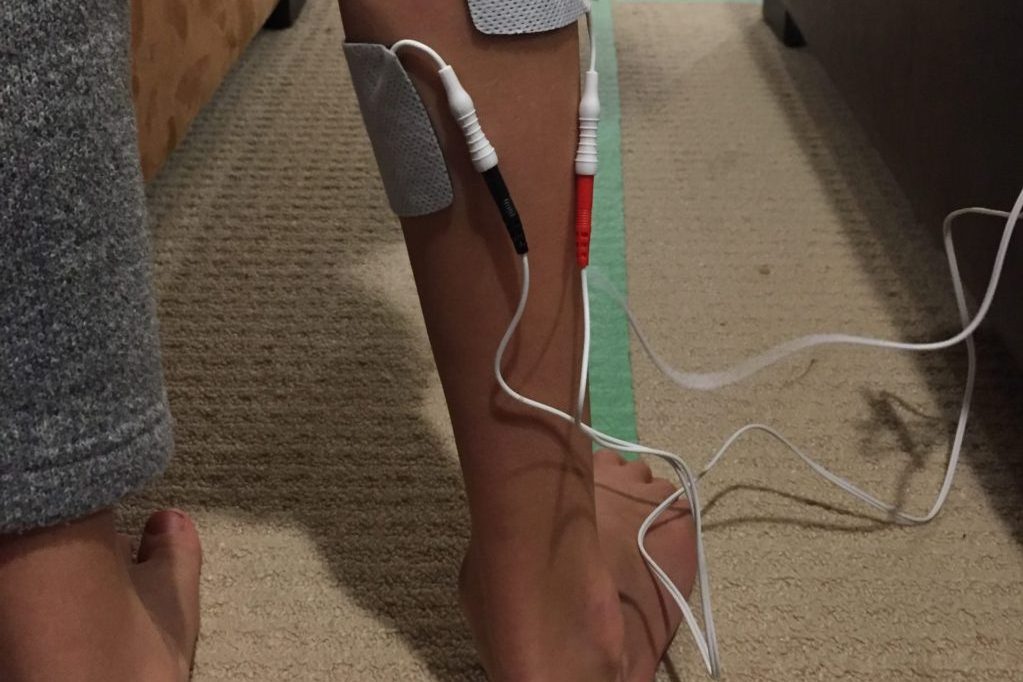
Functional Electric Stimulation
Electric Stimulation can be used to assist with muscle strengthening and provide increased sensory awareness. It may help with decreasing muscle spasticity and assist with increasing range of motion. Children are active participants during muscle stimulation and typically work on performing a specific muscle action or functional task during the treatment. Therapists can assist with assessment to determine electrode placement and parameters for frequency and duration of treatment.
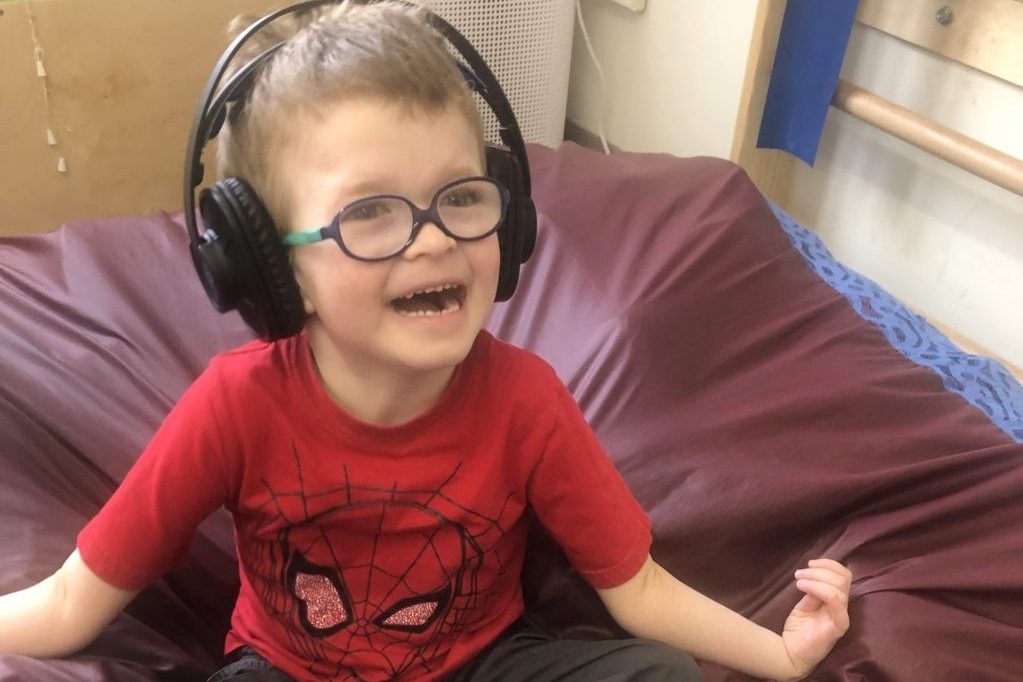
Safe and Sound Protocol
The Safe and Sound Protocol (SSP) is a listening therapy intervention using specially filtered music to help regulate the nervous system. It is designed to reduce stress and auditory sensitivity while enhancing social engagement and resilience. It is a powerful toll for supporting nervous system regulation. SSP is delivered by qualified and certified professionals and employs a practical bottom up approach. At PPA, we have a qualified OT who is trained in the delivery and support of the SSP.

Total Motion Release®
Total Motion Release® (TMR) is an innovative approach to physiotherapy treatment that is efficient, pain free and produces immediate results. It is a full body approach to treat postural asymmetry with the goal of improving mobility and motor function. Several of our therapists are trained specifically in TMR Tots and Teens, and use this treatment approach as part of therapy. It builds on the child’s strengths, is fun and most important – is pain free – for optimal motor learning. TMR is well known for treating torticollis and is also beneficial for cerebral palsy, hypotonia, gait asymmetry, difficulty with motor control, muscular dystrophy and sport related injuries.
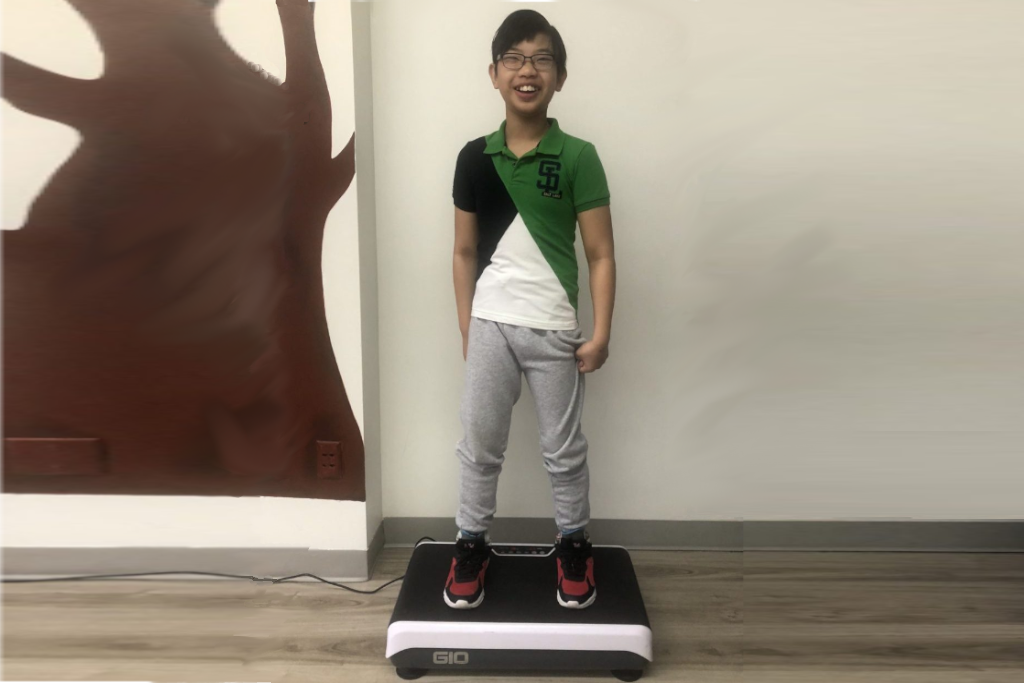
Whole Body Vibration
Whole body vibration is an adjunct to therapy which uses a vibration plate or a unit that provides stimulation/vibration to the neuromuscular and skeletal system. It has been shown to have some positive effects in helping build muscle strength and muscle mass, reduce spasticity, improve bone density, and improve circulation. It also provides sensory stimulation and can assist in balance training. At PPA we have a Hypervibe plate which provides pivotal vibration and a range of frequencies.
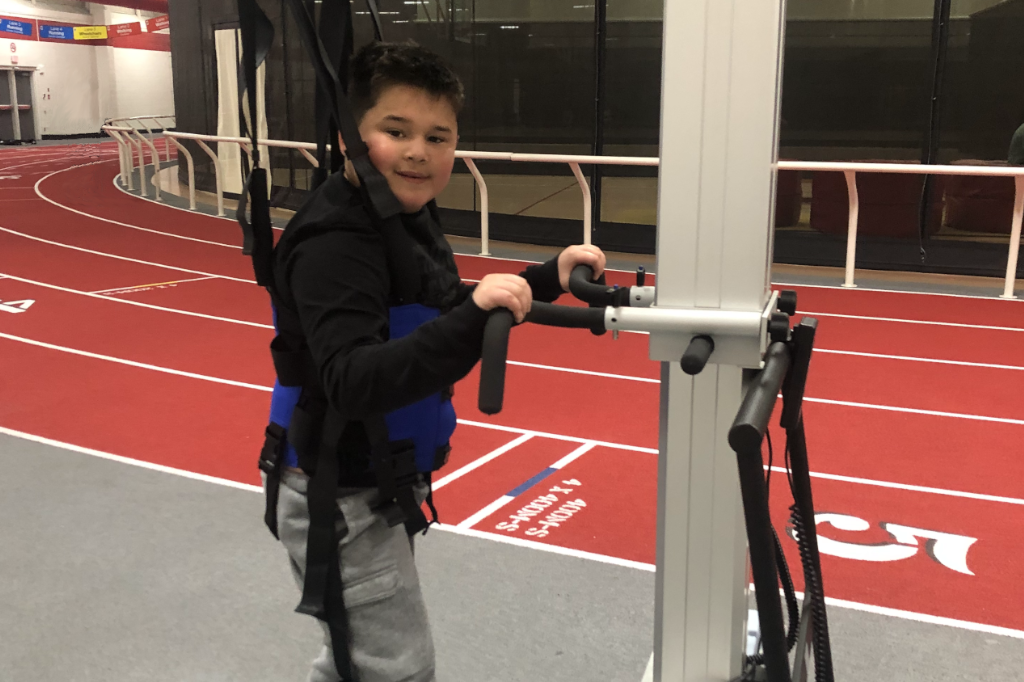
LiteGait System
The LiteGait system is a body weight supported gait therapy device and provides assistance for fall-free therapeutic activities. The LiteGait can be used over the ground or with the treadmill for walking and standing activities and helps with working on normal weight bearing and gait training. It benefits individuals with leg and trunk weakness, weight bearing restrictions, decreased endurance and poor balance.
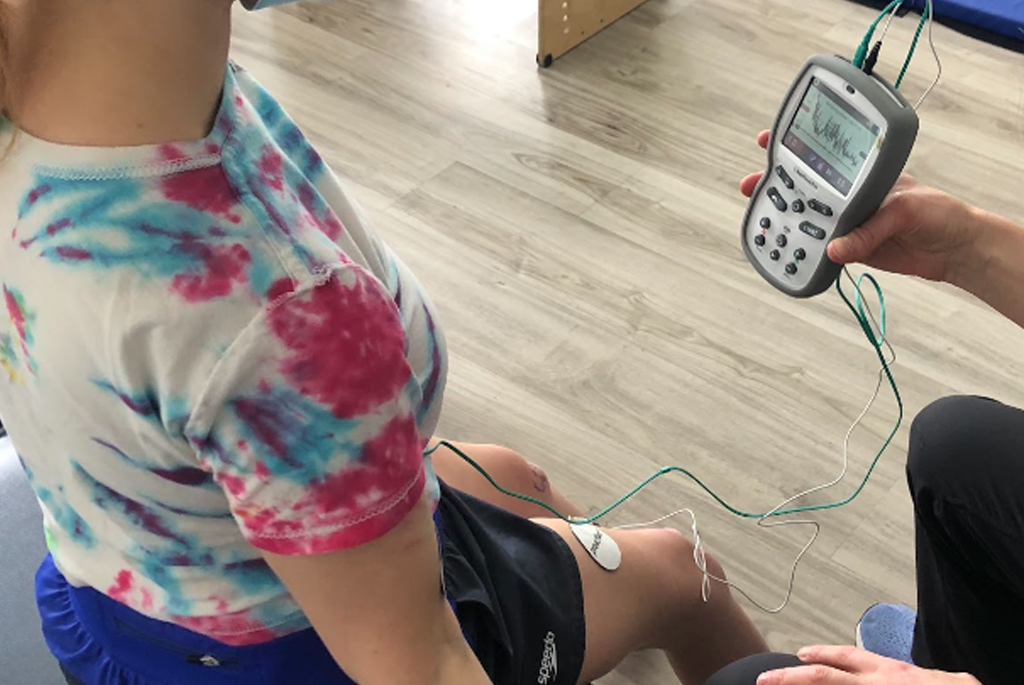
Electromyography (EMG) Biofeedback
EMG Biofeedback is a machine that uses sensors to measure the electrical activity of the muscle and helps with gaining more control over the activation or relaxation of muscles. Through the use of auditory or visual feedback, individuals can improve their learning and awareness of proper muscle contraction. EMG Biofeedback can be used for a wide range of conditions including pelvic floor dysfunction, cerebral palsy and muscle weakness.
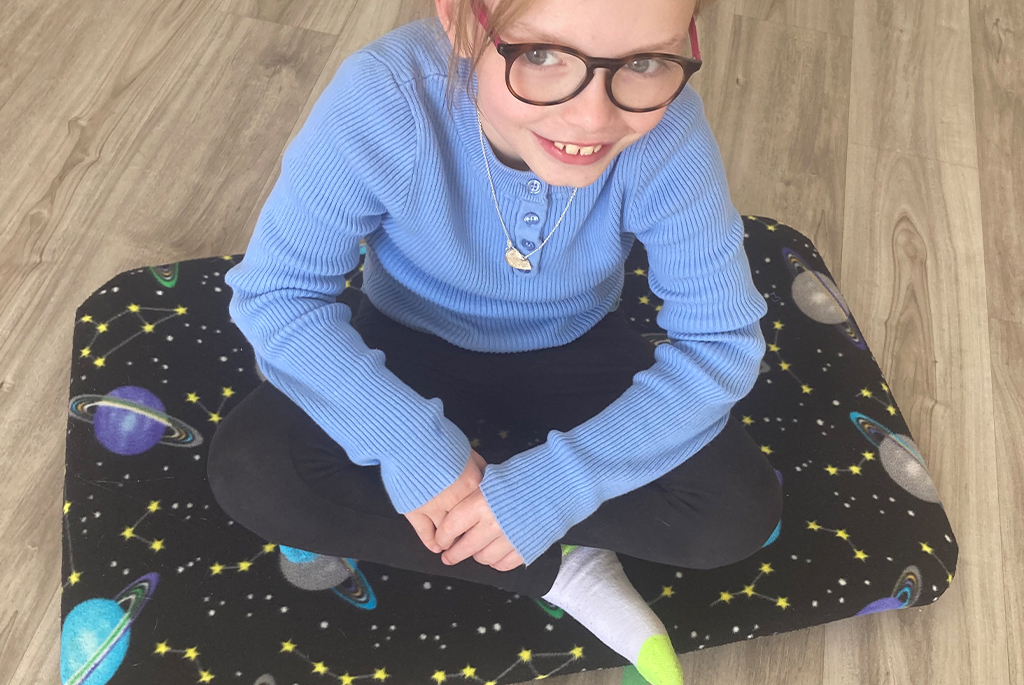
Astronaut Training
Astronaut Training is a sensory support tool which addresses sensory sensitivities related to the vestibular system (movement and space). It uses sound, movement (rotation) and eye exercises to help improve the overall integration of the auditory, vestibular and visual system and can help to improve balance, spatial awareness, hand-eye coordination and reduce motion sickness.
